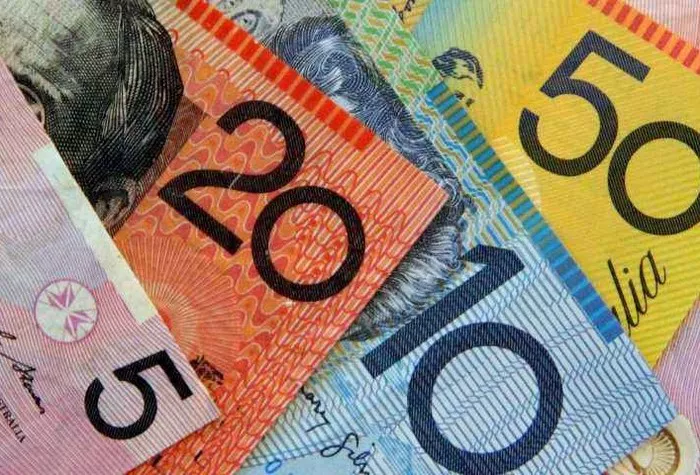In the vast world of numismatics, collectors and enthusiasts often find themselves drawn to the allure of rare and valuable banknotes. One such curiosity that often captures the attention of individuals is the Australian $2 note. While it may seem like a common denomination in everyday transactions, delving deeper into the world of currency collecting reveals a fascinating landscape where the value of these notes can transcend their face value.
The History of the Australian $2 Note
Introduced in 1966, the Australian $2 note was a significant addition to the country’s currency system during the transition from pounds to dollars. Featuring an Aboriginal man on one side and the Bicentennial emblem on the other, the note became an integral part of Australia’s monetary landscape. However, in 1988, the $2 coin was introduced, leading to the gradual phasing out of the $2 note from circulation.
Face Value vs. Collector’s Value
At first glance, an Australian $2 note might not seem particularly valuable, with its face value of, well, $2. However, the collector’s market operates on an entirely different set of criteria, and a note’s rarity, condition, and historical significance play pivotal roles in determining its worth.
Rarity and Serial Numbers
One of the primary factors influencing the value of Australian $2 notes is their rarity. Certain issues or variations of the note are more scarce than others, making them highly sought after by collectors. For instance, the first issues of the $2 note, featuring the Commonwealth Coat of Arms on the reverse, are considered more valuable due to their limited production.
Serial numbers also play a crucial role in determining a note’s worth. Notes with low or unique serial numbers, such as those with repeating digits or special sequences, are often highly coveted by collectors. The fascination with these numbers adds an extra layer of intrigue to the world of banknote collecting.
Condition and Grading
Just like any collectible item, the condition of an Australian $2 note significantly impacts its value. Notes in pristine, uncirculated condition are generally more desirable to collectors. Factors such as creases, folds, tears, and overall wear and tear can diminish a note’s value.
Professional grading services, such as the Paper Money Guaranty (PMG) or the Numismatic Guaranty Corporation (NGC), play a crucial role in determining the condition of a banknote. The grading process involves a thorough examination of the note’s physical attributes, and the resulting grade provides collectors with a standardized measure of a note’s quality.
Commemorative and Special Issues
Some Australian $2 notes have been issued to commemorate special events or anniversaries, adding a layer of significance that goes beyond their face value. These commemorative issues, featuring unique designs or themes, can be more valuable to collectors due to their limited production and historical importance.
The 1988 Bicentennial $2 note is a prime example of a special issue that holds considerable value in the collector’s market. Featuring a distinctive design commemorating Australia’s bicentennial celebration, this note is a sought-after piece for those who appreciate the historical context embedded in their collections.
Market Trends and Demand
The value of Australian $2 notes is not static; it evolves over time based on market trends and collector demand. As more people become interested in currency collecting, certain notes may experience increased demand and, consequently, a rise in value. Conversely, shifts in collecting preferences or broader economic factors can influence the market dynamics for Australian banknotes.
See Also What Does The New Australian $100 Note Look Like?
Conclusion
While an Australian $2 note may appear to be a humble piece of currency in everyday transactions, the world of currency collecting unveils a captivating realm where rarity, historical significance, and condition determine its value. Whether you are a seasoned collector or someone who stumbles upon an old $2 note in a drawer, understanding the factors that contribute to its worth adds an extra layer of appreciation for these seemingly ordinary pieces of paper that carry a rich history within their folds. As the collector’s market continues to evolve, the value of Australian $2 notes is likely to remain a fascinating subject for those who find joy in the art of numismatics.


